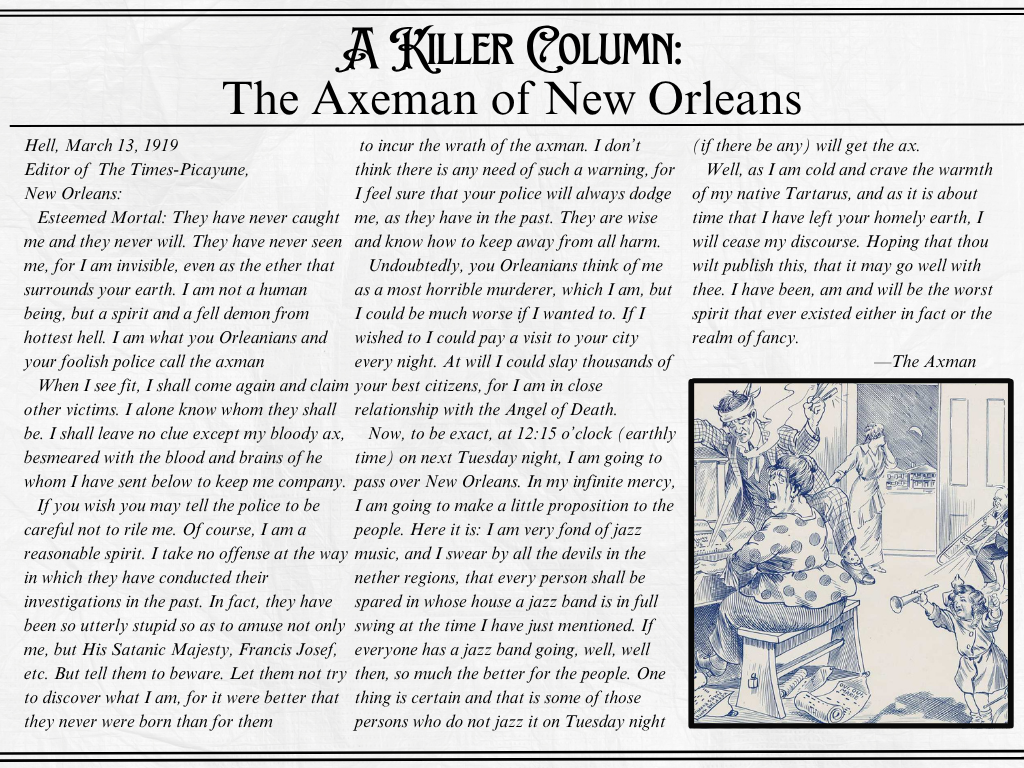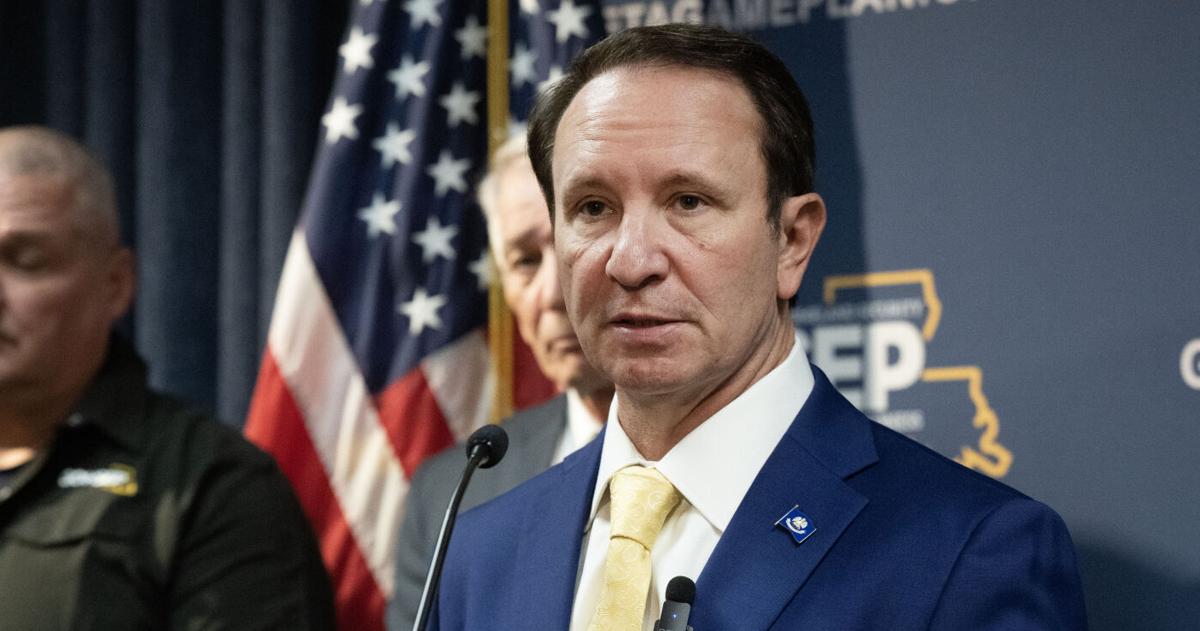The aviation department was recently given the green light in operating their own Unmanned Aircraft System by the Federal Aviation Administration.
A group of seven students along with Paul Karlowitz were told by the FAA that they can now use the UAS for commercial use, something very rare right now because of the restricted red tape surrounding it.
Logan Laporte, a senior majoring in Aviation and one of the seven students participating in this, actually has the only UAS that has been given to them, and is very excited about it.
With UAS’s being so costly ULM only has one, Laporte said that it isn’t the aircraft that costs the most.
“They are expensive. They really are nothing more than RC aircraft. It’s the auto pilot that costs a lot. For example, the auto pilot in ULM’s drone is $4 thousand alone,” Laporte said.
With the expansion of the UAS, enrollment, which has already doubled in the last semester, might bring even more students in.
“It definitely has potential too. Thing is, it’s an industry that has yet to be tapped thanks for current regulations,” Laporte said.
Paul Karlowitz, associate professor in the school of management, is very excited about the upcoming possibilities.
“Our drone was paid for by a donor. ULM had to spend no funds,” Karlowitz said.
Grants will be a good avenue when purchasing future UAS.
“Aside from crop analysis, we intend to use it for archaeology and ground mapping,” Karlowitz said.
A UAS, Unmanned Aircraft System, similar to a UAV or Unmanned Aircraft Vehicle, works in games such as Call of Duty.
It flies in the air with little assistance to survey the surrounding area.
The UAS is typically referred to as being similar to a worker bee drone that is controlled by the queen bee.
Unlike in video games, te UAS will not do any spy work, but use a small camera to take pictures of areas such as crops so they can tell what parts of the field are growing well and which ones aren’t.




